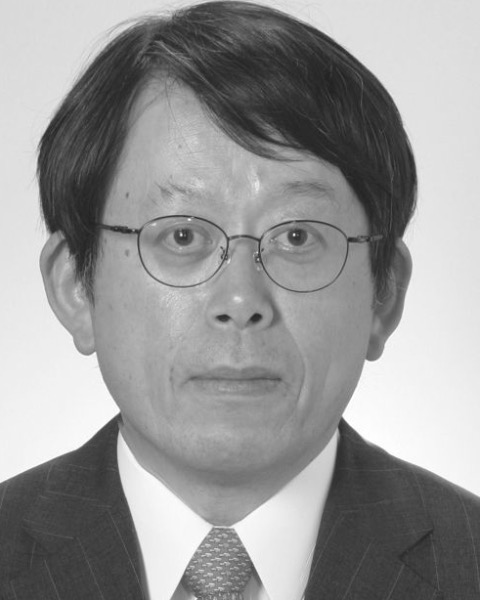Scientific Session
Scientific Session V: Neurotrauma
(SS#V) Expression of Extracellular Matrix and Angiogenic Signaling Pathway Through CD44 and Integrin α9β1 in Chronic Subdural Hematomas
Saturday, April 22, 2023
4:51pm - 4:55pm PST
Location: Los Angeles Convention Center, Theater- 411

Koji Osuka, MD, PhD
Professor
Department of Neurological Surgery, Aichi Medical University
Kuwana, CB, Japan
Presenting Author(s)
Disclosure(s):
Koji Osuka, MD, PhD: No financial relationships to disclose
Introduction: Chronic subdural hematoma (CSDH) is considered to be an inflammatory and angiogenic disease. Osteopontin is an extracellular matrix protein and cleaved by thrombin, resulting in N-half osteopontin, which is more prominent in integrin signal transduction. Integrin β1 plays an important role in endothelial cell adhesion, migration, survival during angiogenesis. CD44, a receptor of osteopontin, also promotes migration and invasion. We examined the expression of osteopontin and N-half osteopontin in the CSDH fluid and the expression of CD44, integrin α9 and β1 and the downstream angiogenic signaling pathways in the outer membrane of CSDHs.
Methods: Twenty samples of CSDH fluid and 8 samples of CSDH outer membrane were included. The concentrations of osteopontin and N-half osteopontin in the CSDH fluid were measured using ELISA kits. The expression of integrin α9 and β1, vinculin, talin-1, focal adhesion kinase (FAK), paxillin, α-actin, Src, CD44, ezrin, radixin, moesin, ankyrin-1 and β-actin was examined by western blot analysis. The expression of integrin α9 and β1, FAK, paxillin, CD44, ezrin, radixin and moesin was also examined by immunohistochemistry. We investigated whether CSDH fluid could activate FAK in cultured endothelial cells in vitro.
Results: The concentrations of osteopontin and N-half osteopontin in CSDH fluid were significantly higher than those in the serum. Western blot analysis revealed above-mentioned molecules in almost all cases. In addition, integrin α9 and β1, FAK, paxillin, CD44, ezrin, radixin and moesin were localized in the endothelial cells of vessels within the CSDH outer membrane. FAK was significantly phosphorylated immediately after treatment with CSDH fluid in cultured endothelial cells.
Conclusion : Our data suggest that significantly high concentrations of osteopontin and N-half osteopontin in CSDH fluid might play an important role in angiogenesis in endothelial cells through CD44 and integrins α9β1. The osteopontin and N-half osteopontin might be a useful therapeutic target for treating the growth of CSDH.
Methods: Twenty samples of CSDH fluid and 8 samples of CSDH outer membrane were included. The concentrations of osteopontin and N-half osteopontin in the CSDH fluid were measured using ELISA kits. The expression of integrin α9 and β1, vinculin, talin-1, focal adhesion kinase (FAK), paxillin, α-actin, Src, CD44, ezrin, radixin, moesin, ankyrin-1 and β-actin was examined by western blot analysis. The expression of integrin α9 and β1, FAK, paxillin, CD44, ezrin, radixin and moesin was also examined by immunohistochemistry. We investigated whether CSDH fluid could activate FAK in cultured endothelial cells in vitro.
Results: The concentrations of osteopontin and N-half osteopontin in CSDH fluid were significantly higher than those in the serum. Western blot analysis revealed above-mentioned molecules in almost all cases. In addition, integrin α9 and β1, FAK, paxillin, CD44, ezrin, radixin and moesin were localized in the endothelial cells of vessels within the CSDH outer membrane. FAK was significantly phosphorylated immediately after treatment with CSDH fluid in cultured endothelial cells.
Conclusion : Our data suggest that significantly high concentrations of osteopontin and N-half osteopontin in CSDH fluid might play an important role in angiogenesis in endothelial cells through CD44 and integrins α9β1. The osteopontin and N-half osteopontin might be a useful therapeutic target for treating the growth of CSDH.
